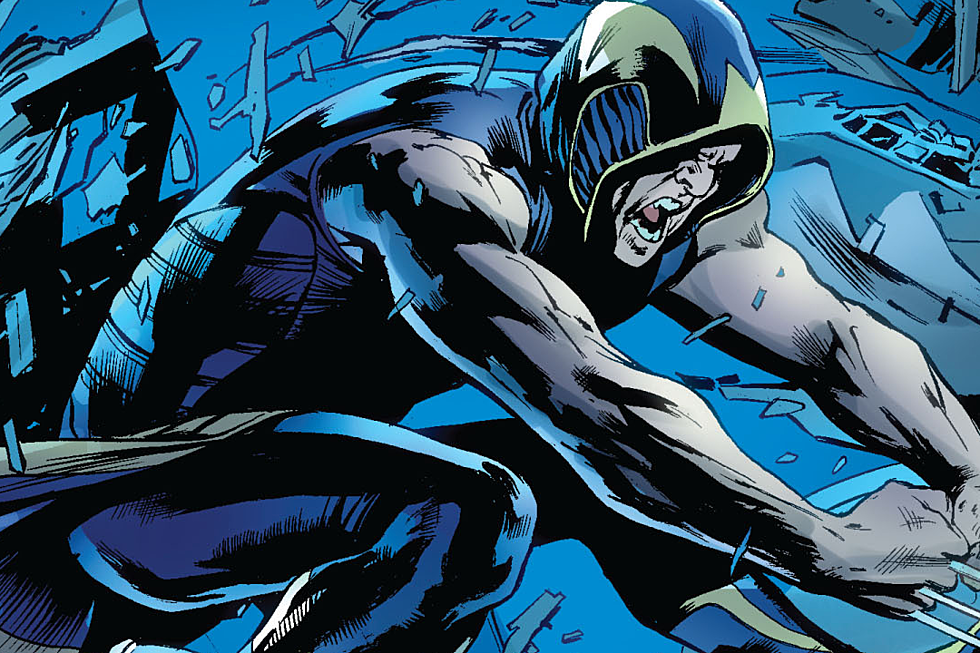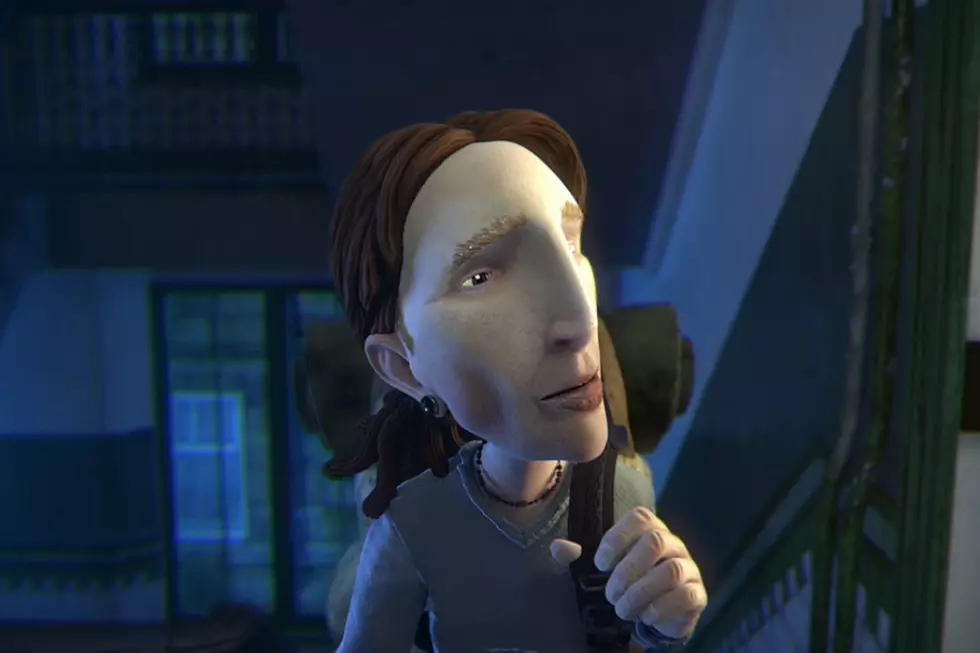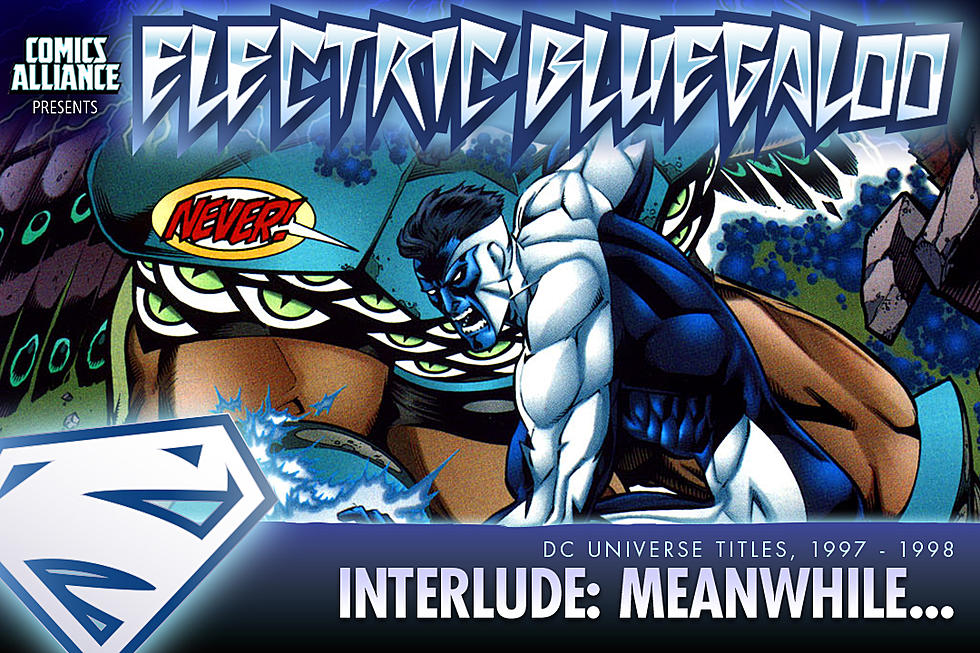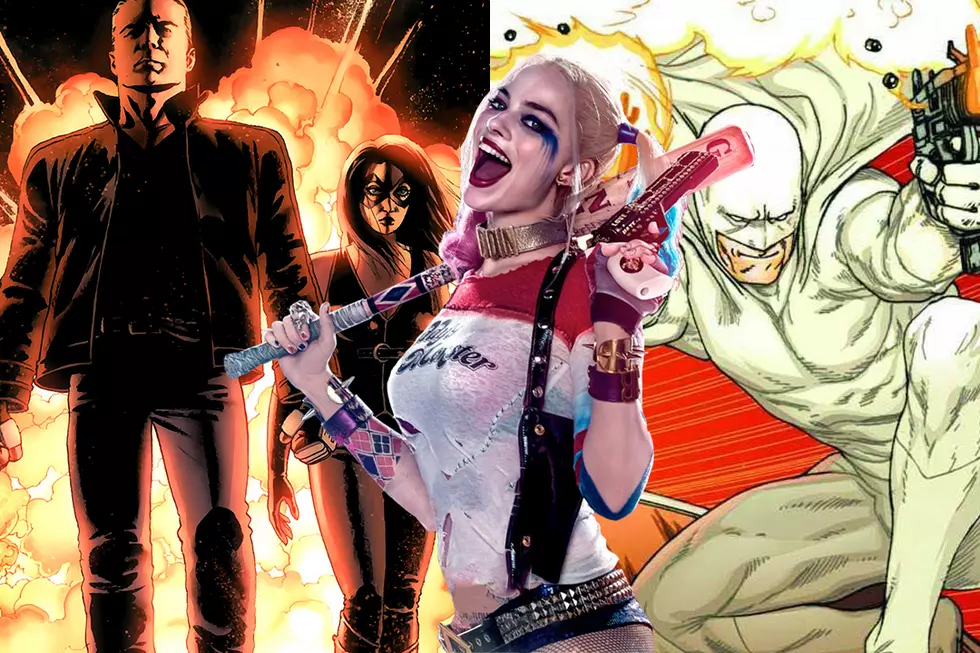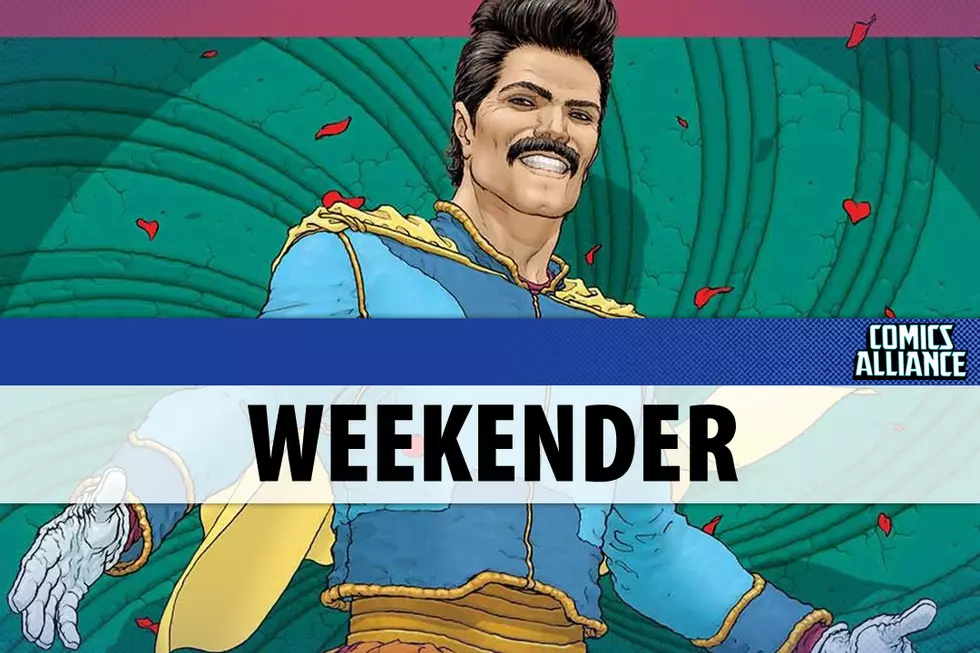![The Reality of the American Dream in ‘Jupiter’s Circle’ [Review]](http://townsquare.media/site/622/files/2015/04/jupiter2.jpg?w=980&q=75)
The Reality of the American Dream in ‘Jupiter’s Circle’ [Review]
Perhaps because he wanted to reveal more of the back story, perhaps because of Frank Quitely's legendary turnaround times, Mark Millar has teamed with artist Wilfredo Torres for Jupiter's Circle, a ten-issue companion series to Jupiter's Legacy. Does it actually provide something new, or is it more of the same? (I genuinely don't know, I'm writing this part before I actually read it.) One thing's for certain: it's one-hundred percent going to be finished before Jupiter's Legacy is.
Jupiter's Circle is already much more intellectually satisfying than its parent series. I've enjoyed Jupiter's Legacy despite its faults, but it's been very frustrating to watch Millar abandon the most fascinating thing about it. The series was designed to explore the state of the American Dream through superheroes, but that went away around issue three, replaced by massive fight scenes filled with "sorry, I've already won" dialogue.
Jupiter's Circle may be picking up the slack. Set in 1959 (curiously, 27 years after the characters gained their powers, 54 years before their betrayal), the American Dream seems closer to realization than ever, with the country deep into a period of growth and prosperity. It's an era that many still look back upon with rose-colored glasses, but the reality is much more harsh, and Millar addresses that with a story about privacy, the abuse of power, and civil rights, with a complicated and sympathetic lead.
As a founding member of The Union, Blue-Bolt is one of the most powerful people on Earth, but he lives in fear. No matter how powerful he is, if the world discovered that he was homosexual, it would destroy him.
It's a bit obvious what Millar is going for (psst...it always is), but his quasi-allegorical approach to the hypocrisy of the American Dream is nonetheless interesting, and I hope that he actually sticks with it on Jupiter's Circle. He seems more likely to stay with the characters and their conflicts with artist Wilfredo Torres, whose touch with facial expression lends itself to something subtler than nine-page fights.
That's not to say he couldn't do it; but just a few looks at his characters and all you'll want is more dialogue scenes. His characters don't look like superheroes so much as sixties-era advertisements of real people dressed as superheroes, and for yet another period book about "real world" heroes, it's a perfect fit.
More From ComicsAlliance


